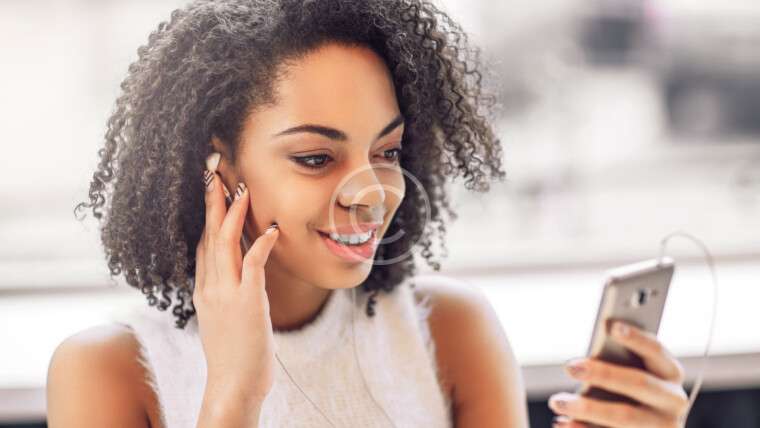What are some common representations of queer and trans people in popular culture and media, and what are the impacts of these representations in everyday life? Write 100-200 words.
Queer and trans people are often depicted in popular culture and media through stereotypes and one-dimensional characters. Common representations include the “sassy gay friend,” the tragic or doomed trans person, and the hypersexualized lesbian or bisexual woman. These portrayals can perpetuate harmful myths and reinforce societal prejudices, limiting the understanding and acceptance of diverse sexual orientations and gender identities.
On the positive side, more nuanced and authentic representations are emerging, such as in shows like Pose, Euphoria, and Schitt’s Creek. These portrayals help normalize queer and trans experiences, fostering greater empathy and reducing stigma.
The impact of these representations in everyday life is significant. Positive and accurate media portrayals can enhance self-esteem among queer and trans individuals, promote acceptance and understanding in society, and contribute to policy changes supporting LGBTQ+ rights. Conversely, negative stereotypes can lead to increased discrimination, mental health challenges, and a sense of isolation for queer and trans…
Queer and trans people are often depicted in popular culture and media through stereotypes and one-dimensional characters. Common representations include the “sassy gay friend,” the tragic or doomed trans person, and the hypersexualized lesbian or bisexual woman. These portrayals can perpetuate harmful myths and reinforce societal prejudices, limiting the understanding and acceptance of diverse sexual orientations and gender identities.
On the positive side, more nuanced and authentic representations are emerging, such as in shows like Pose, Euphoria, and Schitt’s Creek. These portrayals help normalize queer and trans experiences, fostering greater empathy and reducing stigma.
The impact of these representations in everyday life is significant. Positive and accurate media portrayals can enhance self-esteem among queer and trans individuals, promote acceptance and understanding in society, and contribute to policy changes supporting LGBTQ+ rights. Conversely, negative stereotypes can lead to increased discrimination, mental health challenges, and a sense of isolation for queer and trans…



